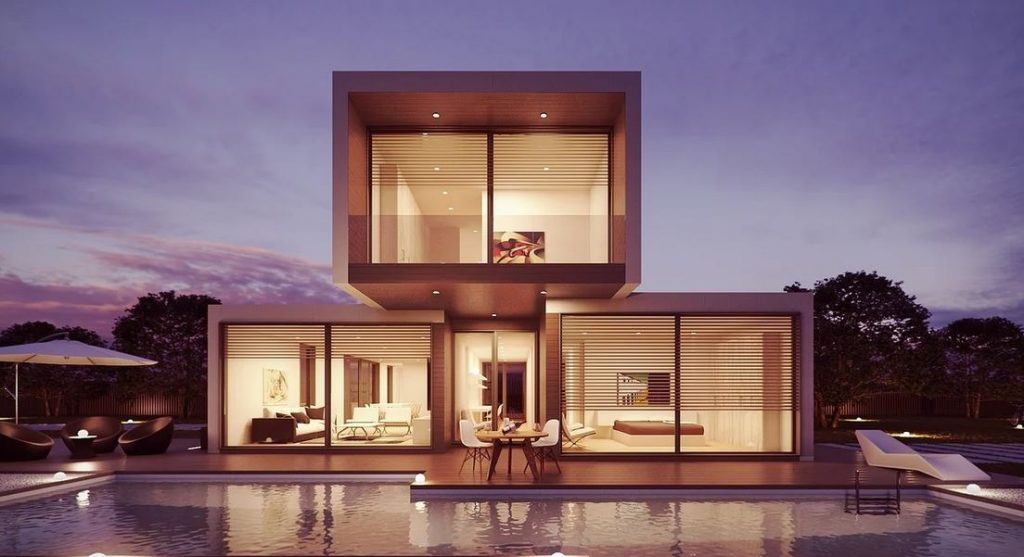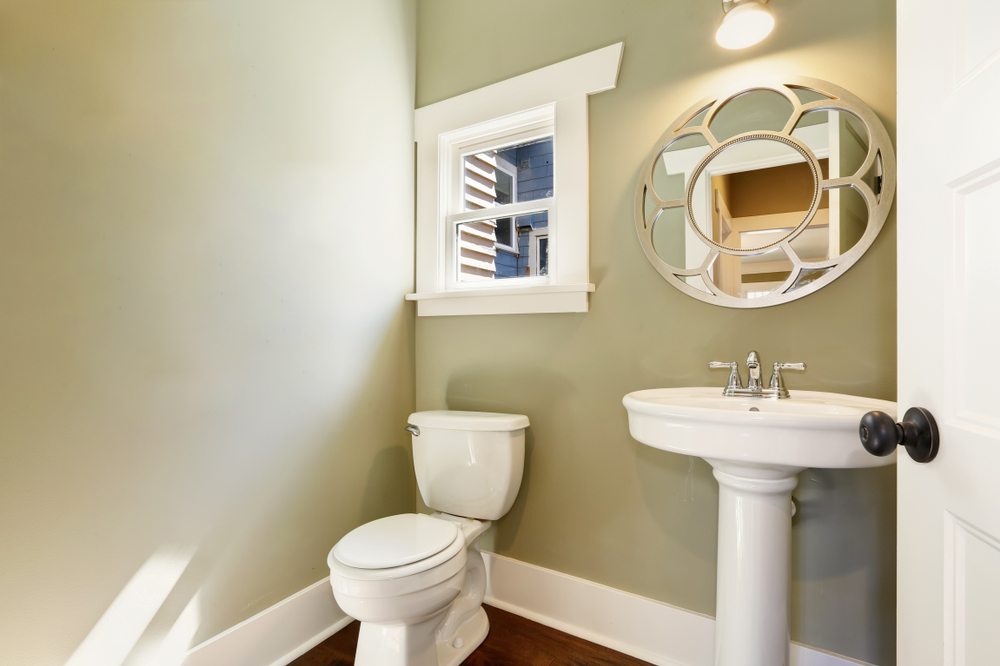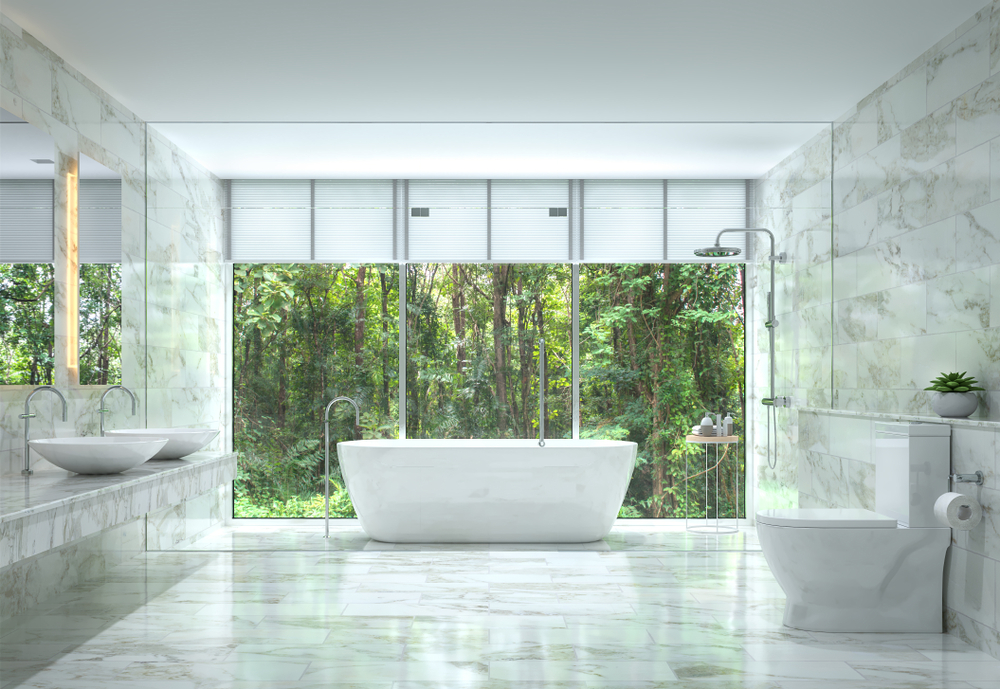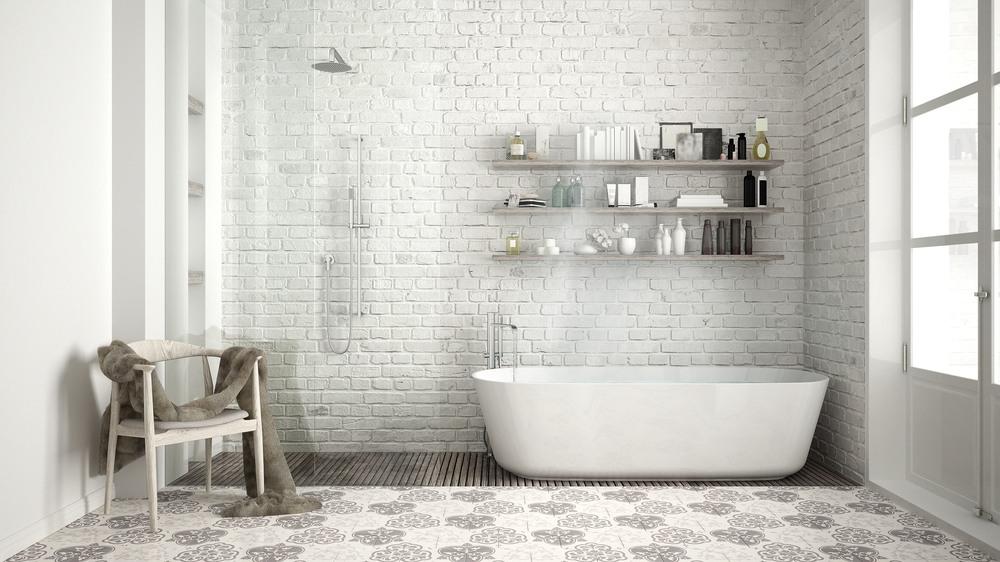Passive building design is a concept that focuses on harnessing natural energy. The home is heated by capturing warmth from the sun during the day and then releasing it later on, so the home stays warm. That doesn’t mean you won’t have to use your heating at all, but your energy use will drop drastically, saving a lot of money.
New homes can be designed around this concept and made so they are as efficient as possible. But even if you don’t plan on building a brand new home, that doesn’t mean you can’t incorporate passive design concepts into your home to save energy. These are the best ways to use passive design in your home to save money.
Rethink Window Placement
The placement of your windows is one of the most important factors in passive home design. All of the heat you generate naturally comes from sunlight, so it’s important to position your windows in a way that allows the most sunlight into your home. The best placement for windows is on the east, west, and south sides of your house. On these sides, you’ll be able to not only capture the most sunlight but also retain warmth during the night because this is where you receive sunlight first in the morning.
If you have old windows and doors in your home, it’s important that you upgrade them to something more efficient. Modern windows will be better at locking the heat in later on, so the house stays warmer.
Add Insulation To Avoid Thermal Bridging
Thermal bridging is when the cold air from outside seeps through a poorly insulated area in your home. This can happen when you have windows, doors, or areas where the flooring meets the walls. All of these places will not only decrease the overall temperature in your home but also lose a lot of heat and money every year because this is a good location for condensation to collect. Poorly installed insulation can also cause thermal bridging.
One way to avoid that from happening is by adding insulation to any space that doesn’t have it already. You can use closed cell foam insulation to completely seal up an area and keep all of the warmth inside each room, without creating any mess during installation. Better insulation will trap all of the heat that the home collects during the day.
Create An Airtight Space
Airtight homes are very efficient because everything is naturally contained. When you have an area that’s open, it’s easy for the heat to escape and not circulate properly through each room. You can avoid this by keeping each space airtight so there isn’t any way for cold air to enter or warm air to leave.
Weatherstripping can help by keeping air from seeping through cracks. This will stop the home from losing all of its heat and save you money on your heating costs each year.
Following these passive home design concepts can help you reduce your energy use, saving you a lot of money and making your home more eco-friendly.




